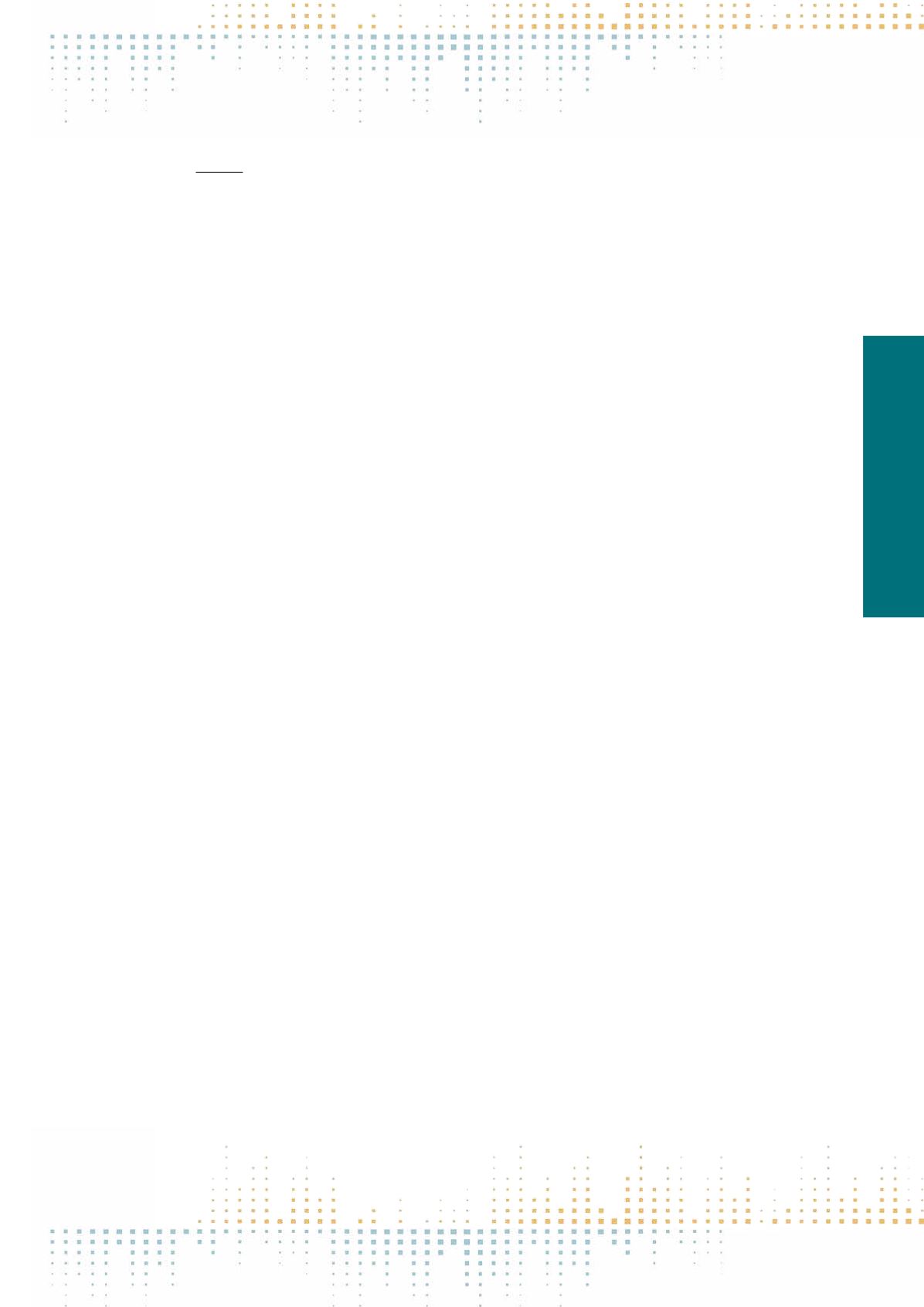

201
Thursday, November 10
0 9 : 0 0 – 1 0 : 3 0
PP 064
Overcoming the Digital Divide? Internet Access and Children’s Online Opportunities in Brazil
F. Senne
1
, M.E. Sozio
1
, M. Pitta
1
, C. Ponte
2
, J.A. Simões
3
1
Regional Center on the Development of the Information Society Cetic.br, Cetic.br, SAO PAULO, Brazil
2
FCSH/ Universidade Nova de Lisboa, Departamento de Ciências da Comunicação, Lisbon, Portugal
3
FCSH/ Universidade Nova de Lisboa, Departamento de Sociologia, Lisbon, Portugal
In the last decade, digital divide research has shifted attention from inequalities of access to digital skills and usage, putting in place a growing debate
on a second-level digital divide, also identified among those individuals who have overcome the first barrier of Internet access (van Dijk, 2005; DiMaggio,
Hargittai, Celeste, & Shafer, 2004; van Deursen & van Dijk, 2013). In this context, socioeconomic variables (such as gender, level of education, age), moti‑
vational differences, capabilities and skills for the use of information and communication technologies (ICTs) came into the debate on Internet inequalities
(van Dijk, 2005). The very notion of Internet access started to be redefined in face of substantial changes yielded by the pervasiveness of mobile devices
(Livingstone, Mascheroni, & Staksrud, 2015). Although there is a growing number of studies investigating the relationship between online activities and
access to mobile devices (Mascheroni & Ólafsson, 2015; Pearce & Rice, 2013; Donner, Gitau, & Marsden, 2011), there is a lack of research on how different
patterns of Internet access relate to online opportunities – especially in countries of the Global South. Aligned with the trend of mobility observed in both
Latin American countries and other emerging economies (ITU, 2014), Brazil has registered in recent years an increase in the use of mobile devices to access
the Internet. In fact, between 2011 and 2013, more than 27 million people have used these devices to access the Internet (CGI.br, 2015a). This growth is
even more pronounced among children and young people, given that among Internet users aged 9 to 17, 82% used mobile phones to access the Internet
in 2014 (CGI.br, 2015b). This paper aims to address the association between patterns of Internet access and activities carried out on the Internet. For this
purpose, quantitative analysis will be carried out based on microdata of the ICT Kids Online Brazil Survey, conducted by the Regional Center for Studies on
the Development of the Information Society (CETIC.br) – a research center under the auspices of Unesco based in São Paulo, Brazil. The survey’s target pop‑
ulation comprises Brazilian children aged 9 to 17 years who are Internet users. Based on the theoretical classification of online activities provided by the us‑
es-and-gratifications approach (Katz et al., 1974), such as those proposed in recent studies by van Deursen, van Dijk, & Helsper (2014) and van Deursen &
van Dijk (2013), a set of online activities will be first grouped into clusters. Second, using logistic regression analysis, this paper will explore the association
between the above mentioned activities’clusters and patterns of Internet access, herein defined by the type of device used to go online: desktop computers,
portable computers, tablets, and mobile phones. Data analysis will also consider sociodemographic variables, such as socioeconomic status, age, gender
and parents’education. Taken together, the findings of this paper might provide empirical evidence on the relation between patterns of Internet access and
online activities, especially with regard to the influence of the use of different devices for generating digital opportunities.



















